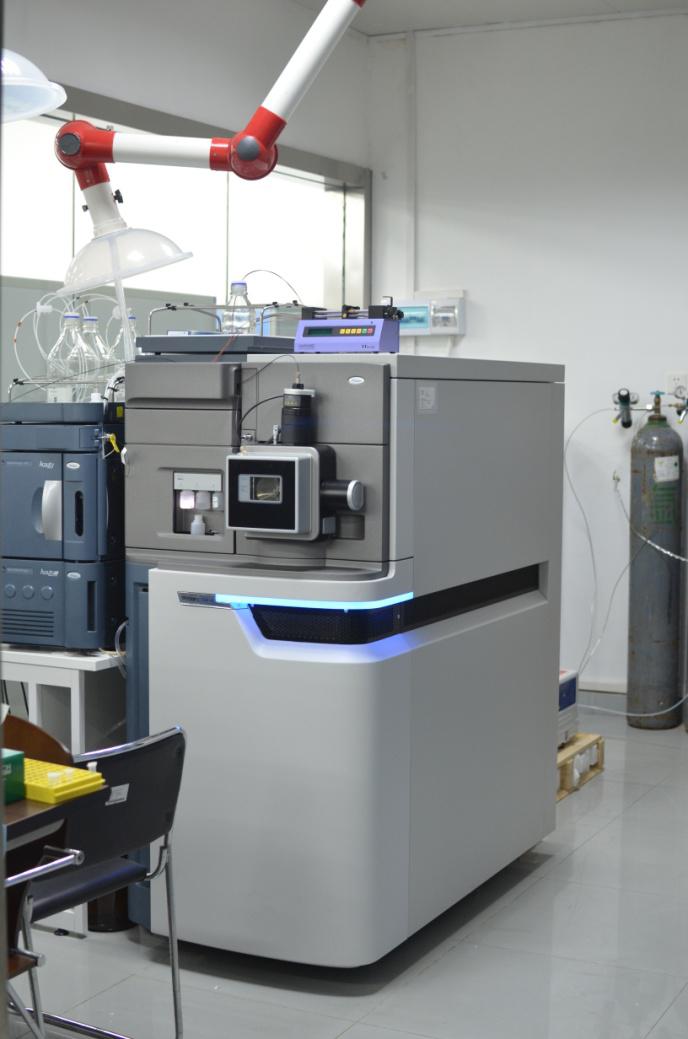(一)简介
实验室以吴云东院士为学术带头人,结合计算化学、有机化学、生物物理学、分子生物学、结构生物学和生物信息学的力量进行交叉学科研究,以新药设计、蛋白-蛋白相互作用、多肽结构预测、化学反应机理和发展理论模拟新方法为主要研究领域。利用理论计算的研究方法,对重要蛋白质进行分子动力学模拟,进行结构预测、作用机理研究;利用分子对接的计算方法对先导化合物进行虚拟筛选和结构优化;发展新的理论模拟方法,开发自主知识产权的理论模拟工具;在结构生物学方向解析特定蛋白的晶体结构,为进一步药物研发提供全新的标靶;在生物物理化学方向建立以质谱,ITC,圆二色谱等仪器为主的生物学检测平台,对具体的蛋白-蛋白相互作用、蛋白-小分子相互作用进行测评。使用不同手段针对同一个科学问题的多角度研究,可以在分子水平获得更准确细致理解。实验室目前主要开展的课题包括:1)基于WD40重复蛋白结构的功能预测与小分子抑制剂筛选;2)针对A-beta集聚的抗老年痴呆症小分子药物设计;3)理论模拟方法改进及自主知识产权的计算软件开发;4)抗肿瘤药物分子设计;5)不对称合成和催化反应机理研究。
Professor Wu Yundong, Fellow of the Chinese Academy of Sciences, is the academic leader of our lab. Taking advantage of an interdisciplinary perspective, such as computational chemistry, organic chemistry, biochemistry, structural biology, and bioinformatics, our research are focused on areas such as new drug design, protein-protein interactions, structure prediction of polypeptides, mechanism of chemical reactions, and development of new theoretical models and methods. Molecular dynamics simulation is employed in the study of some important proteins, to predict the structure and to understand the mechanism of protein-protein interactions. In the area of drug design, we discover drug leads via virtual screening followed by structural optimization, with computational docking techniques. We are also developing new modeling methods and simulation tools with autonomous intellectual property. In structural biology, we resolve crystal structure of specific proteins to provide new target for drug discovery. In bio-physical chemistry, we build up a biological detecting platform which consists of MS, ITC and CD, to detect specific protein-protein interactions, and interaction between protein and small molecules. With integrative use of different methods, we broaden our perspective and have a more precise and accurate understanding of a scientific problem on molecular level.
The on-going subjects include:
1) small molecule inhibitor screeing based on structure and function prediction of WD40-repeat proteins. 2) Designing small molecules for the treatment of Alzheimer’s disease, which is caused by accumulation of A-beta. 3) Development of new modeling methods and simulation tools with autonomous intellectual property. 4) Designing small molecules for cancer treatments. 5) Mechanism of asymmetric synthesis and catalytic reactions.
(二)仪器与设备
高性能计算集群(1000核心)
高分辨离子淌度质谱

.jpg)
